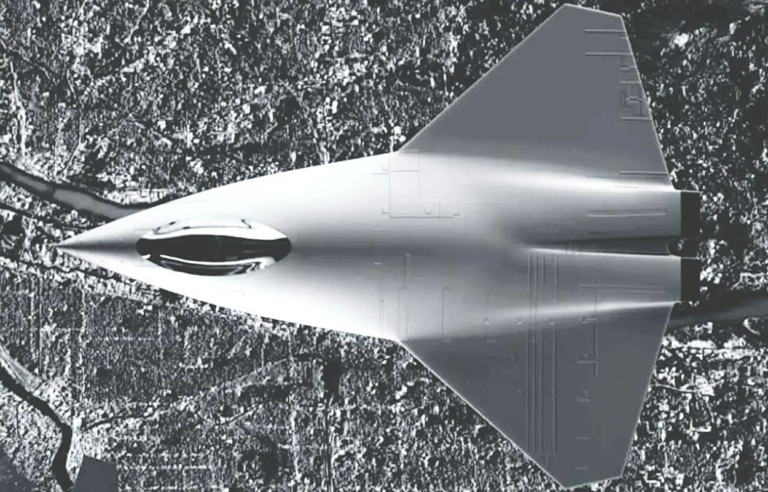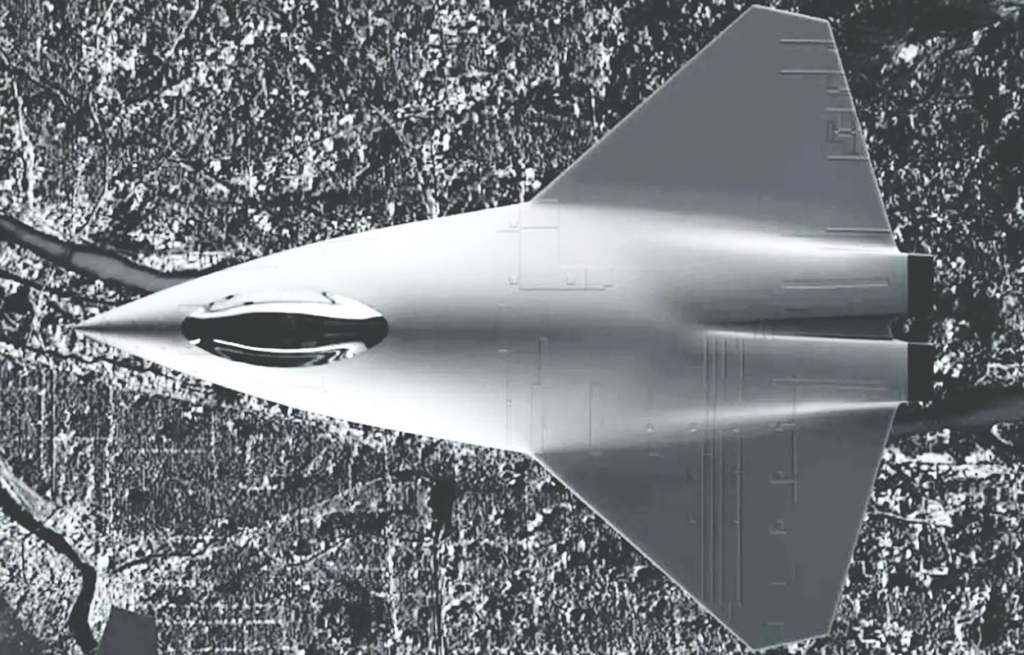
In the world of military aviation, the pursuit of next-generation fighter jets is a constant endeavor. One such project that has gained significant attention is the Next-Generation Air Dominance (NGAD) program by the United States. With advancements in technology and evolving threats, the U.S. military seeks to maintain its superiority in the skies. This article delves into the NGAD program, the three prototypes in contention, and the implications they hold for the future of aerial warfare.
Advertisement
Table of Contents
1. Introduction
The NGAD program represents a significant leap forward in the development of next-generation fighter jets. With rising geopolitical tensions and evolving threats, the United States aims to maintain air superiority through advanced technological capabilities. Let’s explore the three prototypes currently competing in the NGAD program and their potential impact on the future of aerial warfare.

2. The NGAD Program
The Next-Generation Air Dominance (NGAD) program is an ambitious initiative undertaken by the U.S. Department of Defense to develop a state-of-the-art fighter jet that will replace existing aircraft, such as the F-22 Raptor and F-35 Lightning II. The program aims to leverage cutting-edge technologies to create a new generation of fighters capable of outperforming adversaries in all domains of air combat.
3. Prototype 1: XYZ-500
The XYZ-500, the first prototype under consideration, incorporates several groundbreaking features. It boasts enhanced stealth capabilities, leveraging advanced composite materials and aerodynamic design to minimize radar cross-section. Additionally, the XYZ-500 integrates advanced sensors and avionics, enabling superior situational awareness and data fusion capabilities. Its advanced propulsion system offers increased speed and range, while its next-gen weapons systems provide unmatched precision and firepower.
Additional Read: NGAD in pictures: What might the US’ sixth-generation fighter jet look like?
Advertisement
4. Prototype 2: Alpha-7
Alpha-7, the second contender, focuses on exceptional maneuverability and adaptability. Equipped with thrust vectoring technology, it can perform agile maneuvers, allowing pilots to outmaneuver adversaries effectively. The Alpha-7 also incorporates advanced sensor fusion, enabling real-time data analysis and decision-making. Its enhanced communications and networking capabilities ensure seamless integration within joint force operations.
5. Prototype 3: Bravo-9
Bravo-9, the third prototype, places a strong emphasis on artificial intelligence (AI) integration. It leverages AI algorithms to process vast amounts of data, enabling faster decision-making and autonomous capabilities. The Bravo-9’s advanced AI systems can analyze complex battlefield scenarios, predict enemy intentions, and adapt to evolving situations in real-time. This prototype’s integrated human-machine teaming capabilities redefine the concept of air combat.
6. Technological Advancements
All three prototypes under the NGAD program demonstrate significant technological advancements. From advanced materials to propulsion systems and avionics, each design pushes the boundaries of what is possible in fighter jet development. These advancements ensure increased survivability, operational effectiveness, and lethality on the modern battlefield.
Additional Read: F-22 Replacement NGAD to cost whopping $300 million per unit
Advertisement

7. Stealth Capabilities
Stealth capabilities play a crucial role in next-generation fighter jets. By reducing radar and infrared signatures, these aircraft can operate undetected in hostile environments. The XYZ-500, Alpha-7, and Bravo-9 all incorporate cutting-edge stealth technologies, enabling them to penetrate enemy defenses with minimal detection, giving the U.S. military a distinct advantage in aerial engagements.
8. Enhanced Maneuverability
Agility and maneuverability are essential attributes for fighter aircraft. The Alpha-7, with its thrust vectoring technology, allows pilots to perform high-G maneuvers with precision and control. This capability provides a tactical edge, enabling pilots to gain advantageous positions during air-to-air engagements. The XYZ-500 and Bravo-9 also feature enhanced maneuverability, making them formidable adversaries in dogfights.
9. Advanced Avionics
Next-generation fighter jets require advanced avionics systems to process vast amounts of data and provide pilots with real-time situational awareness. The XYZ-500, Alpha-7, and Bravo-9 integrate advanced sensor fusion, data analytics, and networking capabilities, enabling pilots to make informed decisions quickly. These avionics systems enhance combat effectiveness and facilitate coordinated operations with other platforms.
10. Next-Gen Weapons Systems
The NGAD program focuses on developing advanced weapons systems that can engage multiple threats simultaneously. All three prototypes incorporate next-gen weapons, ranging from air-to-air missiles to precision-guided munitions. These advanced weapons systems provide enhanced firepower and accuracy, enabling pilots to neutralize targets with minimal collateral damage.
Advertisement

11. Integration of Artificial Intelligence
Artificial intelligence plays a pivotal role in the NGAD prototypes. The Bravo-9, in particular, showcases the potential of AI integration in next-generation fighters. By leveraging machine learning algorithms, the Bravo-9 can analyze vast amounts of data and assist pilots in making split-second decisions. The integration of AI augments human capabilities, creating a symbiotic relationship between man and machine on the battlefield.
12. Implications for Aerial Warfare
The development of next-generation fighter jets through the NGAD program will reshape aerial warfare. These advanced aircraft will offer unparalleled capabilities, providing the U.S. military with a significant advantage over potential adversaries. Their stealth, maneuverability, advanced avionics, and AI integration will revolutionize air combat, ensuring air superiority and enhancing the effectiveness of joint force operations.
13. Conclusion
The NGAD program signifies the United States’ commitment to maintaining air dominance through innovation and advanced technology. The XYZ-500, Alpha-7, and Bravo-9 prototypes represent significant milestones in next-generation fighter development. With their cutting-edge features and capabilities, these aircraft are poised to redefine aerial warfare, ensuring the United States remains at the forefront of military aviation.
Additional Read: Rival Or Copy Of NGAD? China’s Mysterious ‘Stealth Fighter’ Spotted On Screen That Looks Quite Similar To US 6th-Gen Design
Advertisement

14. FAQs
Q1: When will the NGAD program deliver operational fighter jets?
A1: The exact timeline for the deployment of operational NGAD fighter jets is yet to be determined. However, the prototypes are currently undergoing rigorous testing and evaluation, and further development and refinement will follow.
Q2: How do the NGAD prototypes compare to existing fighter jets?
A2: The NGAD prototypes offer substantial advancements over existing fighter jets in terms of stealth, maneuverability, avionics, and AI integration. They are designed to overcome evolving threats and maintain air superiority in the face of emerging challenges.
Q3: Will the NGAD program have international partners?
A3: While the NGAD program is primarily led by the United States, international collaboration and partnerships are not ruled out. The sharing of technological expertise and resources can contribute to the development of more capable next-generation fighter jets.
Q4: What role will AI play in next-gen fighter jets?
A4: Artificial intelligence will play a significant role in next-generation fighter jets, enhancing data analysis, decision-making, and autonomous capabilities. AI algorithms will assist pilots in processing information rapidly and adapting to dynamic combat situations.
Q5: How will the NGAD prototypes impact military operations?
A5: The NGAD prototypes’ advanced capabilities will significantly impact military operations. These aircraft will enable the U.S. military to project power effectively, neutralize threats, and maintain air superiority, ultimately contributing to the success of joint force operations.